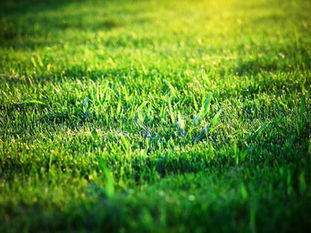
As autumn approaches in Michigan, it's essential to keep your lawn in shape even though summer has officially ended. While many homeowners may think that fall means reduced lawn care, it’s actually a crucial time for giving your yard the attention it needs to thrive in the spring. Here’s how to prepare your lawn for fall:
1. Remove the Leaves
Fallen leaves can suffocate your grass and lead to diseases if left unattended. Regularly rake or use a lawnmower with a collection bag to remove leaves, especially before they become a soggy mess. Keeping your lawn clear of debris not only promotes health but also enhances its appearance.
2. Cut the Grass to the Correct Height
Don’t put away your mower just yet! Grass will continue to grow until the first hard frost, requiring regular trimming to maintain a height of about 2½ to 3 inches. Avoid cutting too short as well; a healthy height supports root development, helping your lawn resist winter stress.
3. Aerate the Soil
Aeration is vital for allowing air, water, and nutrients to penetrate the soil. For cool-season grasses, fall is the ideal time. Use core aeration methods to pull out small plugs of soil, allowing for better growth as the weather cools. This also helps prepare your lawn for fertilization.
4. Fertilize in the Fall
Fertilizing your lawn in fall is one of the best things you can do for its health. Opt for a fertilizer with a ratio of 4-1-2. The nutrients will support root development and prepare your grass for a vigorous spring growth after dormancy. Apply it about three weeks before your last mowing.
5. Seed Your Lawn
Consider overseeding your lawn in the fall. This process fills in bare patches and helps introduce newer grass varieties. The combination of warm soil and cooler temperatures creates ideal seeding conditions, but ensure the seeds have contact with the soil, and keep them moist until they germinate.
6. Keep Watering Your Lawn
Many people mistakenly think they can stop watering in the cooler months. Even in fall, your lawn still needs about an inch of water weekly. Use a rain gauge to monitor your lawn's hydration levels and ensure your irrigation systems are functioning properly until the end of October.

Fall lawn care is vital for healthy grass come spring. Each task has its optimal timing, so be mindful of when you perform them to avoid damaging your lawn. By following these tips, you'll prepare your yard to withstand the colder months ahead, ensuring a lush and vibrant lawn when the warmer weather returns.
Cheers to Fall!






